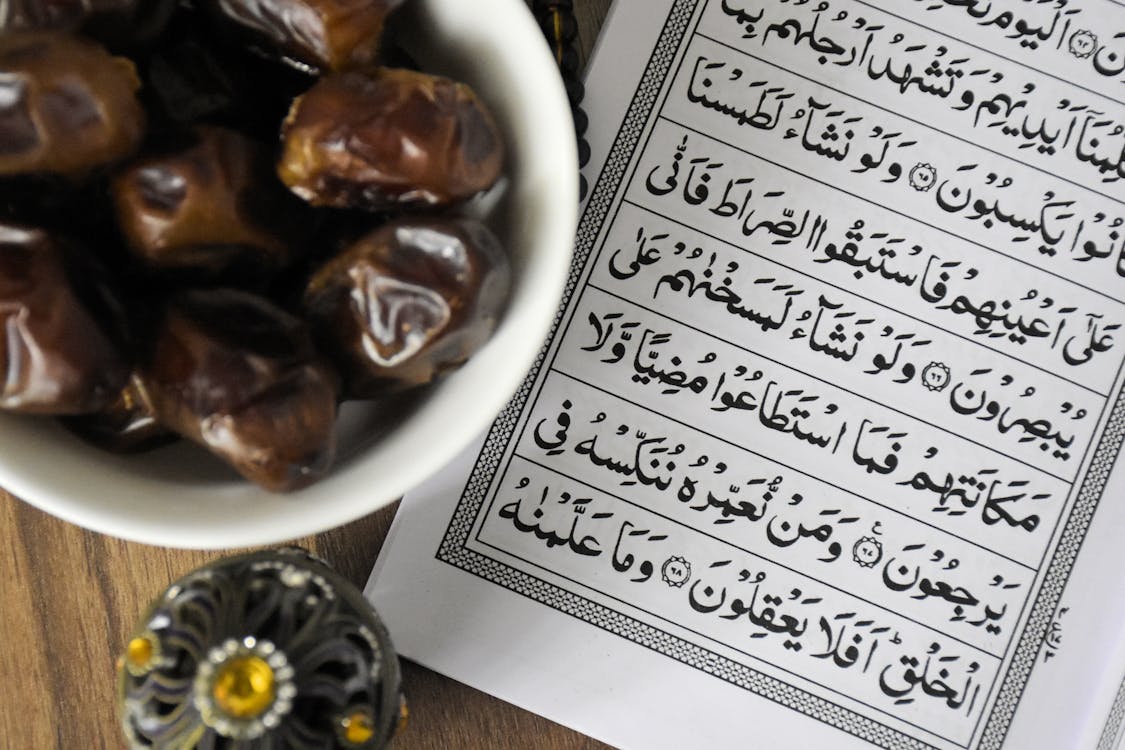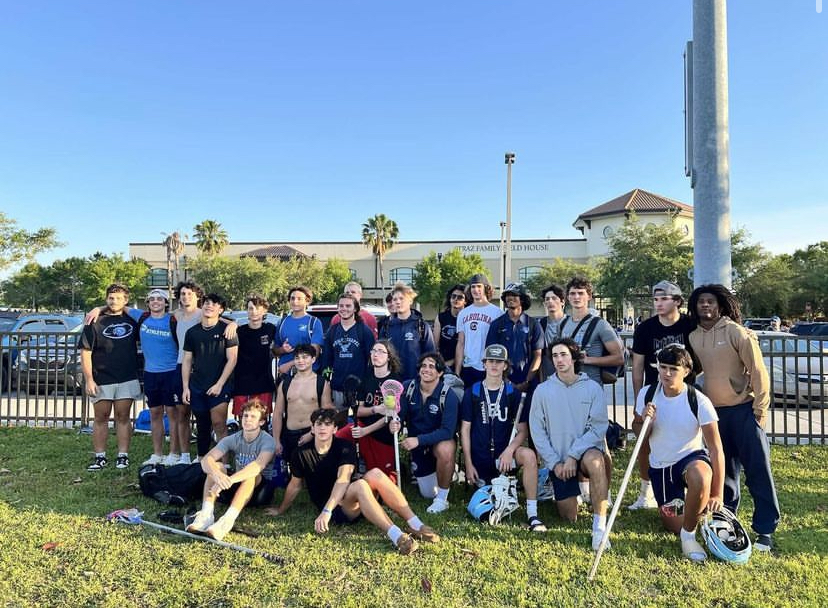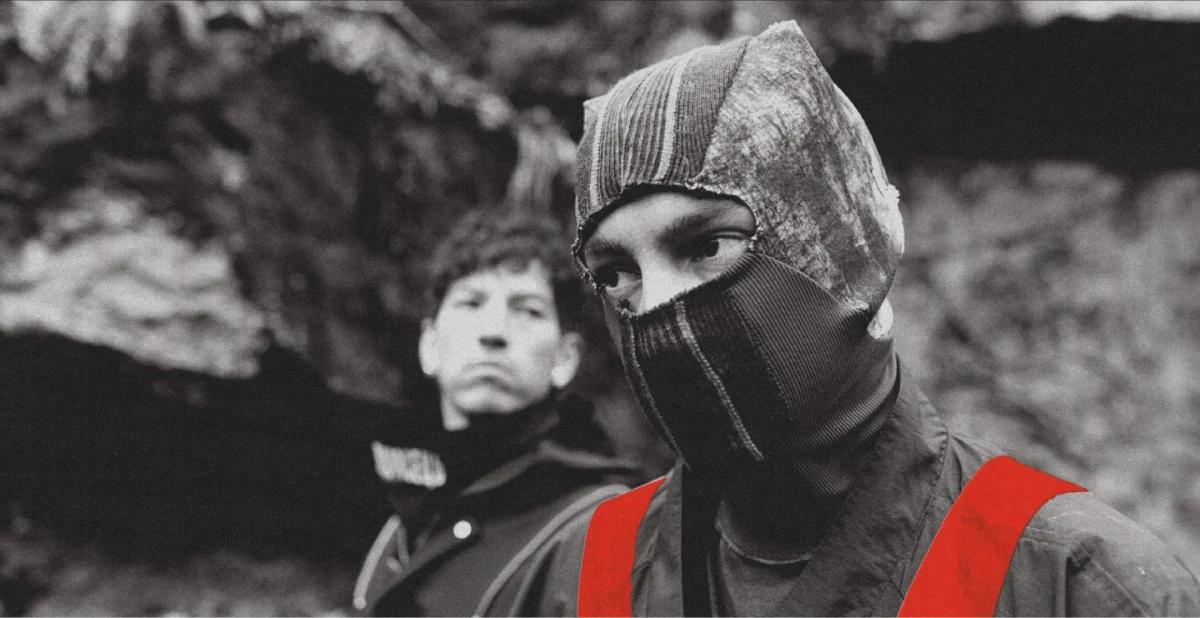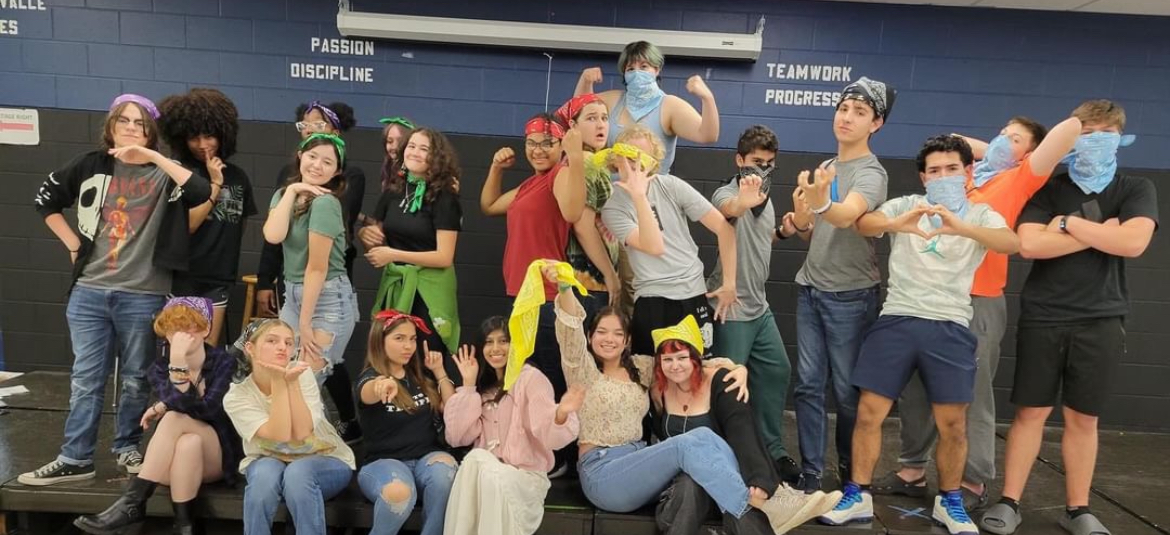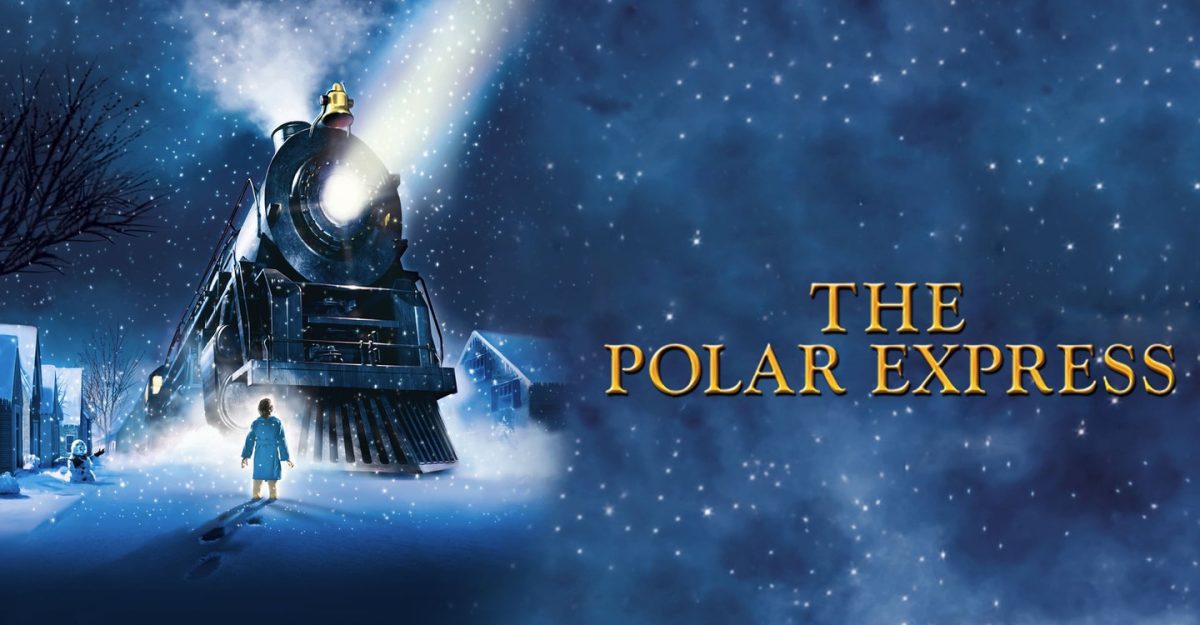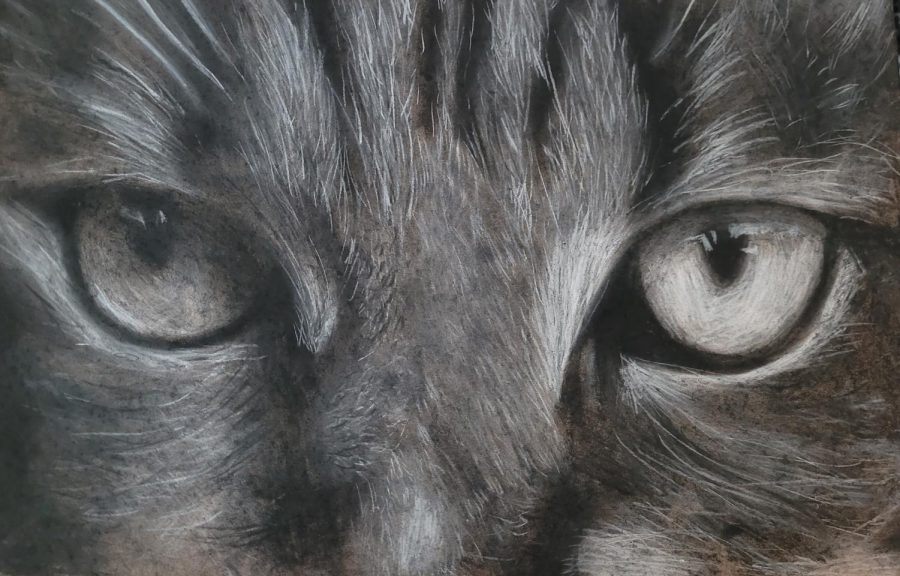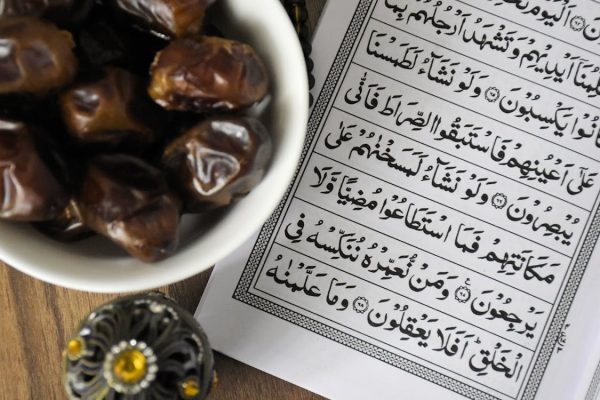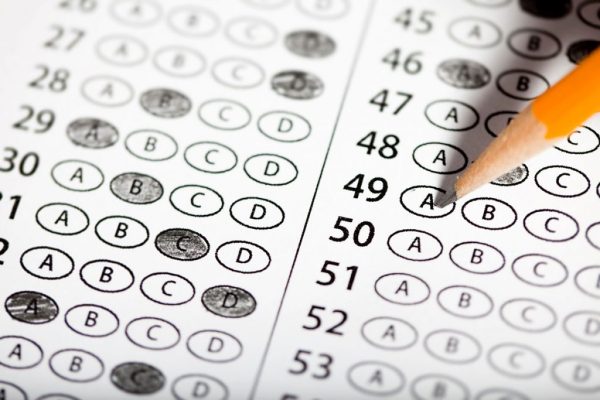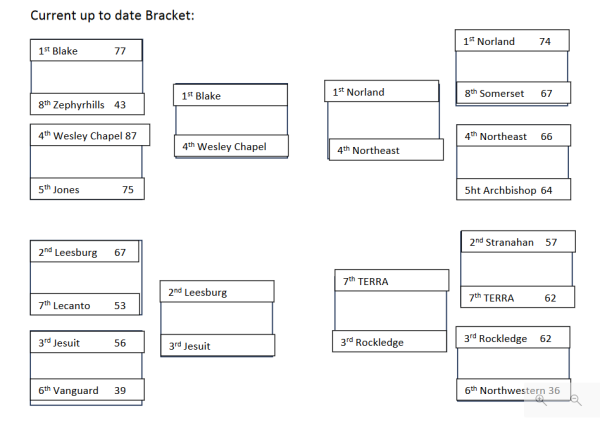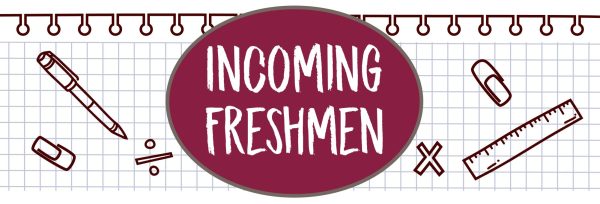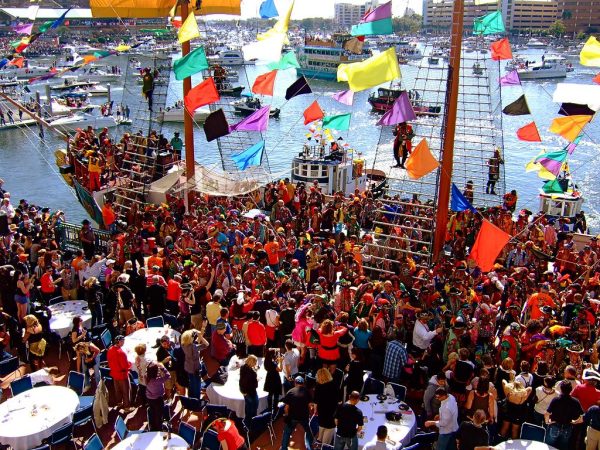The Truth Behind Leprechauns
Happy St. Patty’s Day
Everyone is familiar with those friendly little guys who come around on Saint Patrick’s Day, spreading their gold and mischief wherever they go. However, this gold-loving March mascots were not always seen as they are now, but rather as an Irish Fairy.
Many icon figures associated with holidays, like Santa Claus and Cupid, are figures from folklore and religion and Leprechauns are no different.
Origin
In Irish mythology, Leprechauns fall under the topic of Faerie folk, also known as ‘wee folk’ or the ‘little people.’ They were members of the Tuatha Dé Danann, an otherworld, magical race, beings that served under the Gaelic goddess Danu, the Mother God. Later becoming known as the Sidhe Faerie Folk descending from the people Neimheadh who were the second wave of settlers to arrive in Ireland.
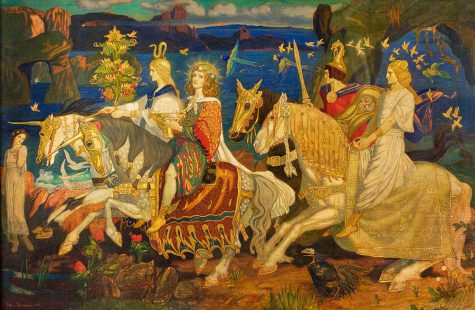
Being a cousin of the Clurichaun (a mischievous fairy known for a love of drinking and haunting pubs), the Leprechaun is known to inhibit Ireland before the arrival of the Celts and can be survive hundreds of years with many people believing Leprechaun’s to be the true natives of Ireland descended from royalty.
Appearance
Standing 2-3 feet tall, leprechauns are devious little beings who are quick-witted, highly intelligent, and will do anything to evade capture. they are described as little bearded men, wearing a cocked hat, green or red coat, and leather apron. Before the 20th century, leprechaun was described as wearing red, as opposed to green. Samuel Lover, an Irish songwriter in 1831, describes the leprechaun as.
“…quite a beau in his dress, notwithstanding, for he wears a red square-cut coat, richly laced with gold, and inexpressible of the same, cocked hat, shoes and buckles.”
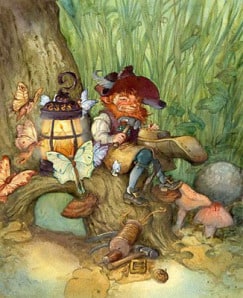
According to W. B. Yeats, the solitary fairies, like the leprechaun, wear red jackets, whereas the “trooping fairies” wear green. The leprechaun’s jacket has seven rows of buttons with seven buttons on each row. On the western coast, he writes, the red jacket is covered by a frieze one, and in Ulster the creature wears a bicorne hat, and when he is up to anything unusually mischievous, he leaps on to a wall and spins, balancing himself on the point of the hat with his heels in the air.
However, the dress of the leprechaun could vary by region. According to McAnally there were differences between leprechauns from region to region.
- The Northern Leprechaun wore a “military red coat and white breeches, with a broad-brimmed, high, pointed hat, on which he would stand upside down”
- The Lurigadawne of Tipperary wore an “antique slashed jacket of red, with peaks all round and a jockey cap, also sporting a sword, which he uses as a magic wand”.
- The Cluricawne of Monaghan wore “a swallow-tailed evening coat of red with green vest, white breeches, black stockings,” shiny shoes, and a “long cone hat without a brim,” sometimes used as a weapon.
Regardless of what region the Leprechaun lives in, they are all described as grumpy and solitary creatures who prefer to be left alone.
Behavior
Solitary by nature, they are said to live in remote places preferring to be far away from humans. Living in holes, caves, or hollow tree trunks. They can only be found in remote areas of Ireland away from the general commotion of humans, finding safety from humans who seek to capture them and grant them three wishes.
Leprechauns may look friendly and jovial but it’s better to avoid the tricksters, they are almost always never to be trusted. In her rather famous encyclopedia “Spirits, Fairies, Leprechauns, and Goblins,” folklorist Carol Rose offers a typical tale of leprechaun trickery. “Concerning a man who managed to get a leprechaun to show him the bush in the field where his treasure was located. Having no spade [shovel], the man marked the tree with one of his red garters, then kindly released the sprite and went for a spade. Returning almost instantly he found that every one of the numerous trees in the field sported a red garter!”
Their principal occupation is making and cobbling shoes, with a common sound being associated with the fairy being the sound of tiny hammers making shoes. While they are not known to be professional shoemakers they have been referred to as mending their own shoes, as “he runs about so much he wears them out” with great frequency. When their little shoes need repairing, they work quickly as standing still is the perfect opportunity to capture a leprechaun and hand over their wealth.
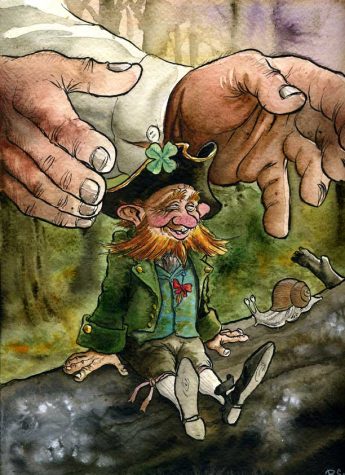
Despite most claiming that leprechauns are not professional shoemakers there are plenty of other legends that state otherwise. In these tales, the number one customer are the fairies.
Fairies are known to dance the night away wearing and running in their little shoes, when this happens the leprechauns are hard at work; paid by the fairies for their shoe repairs. However, during the times when there are no fairy dances, they will venture into the human world in search of work. They will knock on a human’s door in the hopes you have shoes in need of mending, if you do, they will happily take the shoes away and repair them. For their service they will be paid in gold or silver, which he will then take to hide away with the rest of his treasure.
While the Leprechaun is well-known for being trouble, they are also known for their love of Irish music and traditional dance. They’ll often hold Céilí dances (Irish folk dances based on round dances and long dances) that will last for days. They are expert musicians when it comes to playing the tin whistle (a simple six-holed woodwind instrument), the fiddle (violin), and a Bodhran (a framed drum.)
Although the leprechaun is a cruel little fairy they do have weaknesses. Their weaknesses consist of the four leafed clover, wrought iron, and the destruction of his gold which can be used to kill the leprechaun. Whenever the tricky little bugger is captured for too long, his powers slowly decrease.
The Pot of Gold
One of the most common of all Leprechaun myths is that they find gold coins buried in the earth and store them in a pot hidden at the end of the rainbow. The legends began when they eventually departed from the shores of Ireland, leaving some of their stolen gold behind. According to the legend, leprechauns found the abandoned gold and buried it to ensure that no human would ever find their treasure.
Even though the leprechauns do not need the gold that won’t stop them from protecting it with their life, some researchers suggest that this gold is used as a means of tricking humans; and given how much they prosper from trickery, this could be very likely.
According to Irish legends, people who are lucky enough to hear the sound of their tiny hammers, find the leprechaun and capture him the leprechaun can barter his freedom for his treasure. In doing so they will allow the human to grant three wishes so that they may run free and keep their gold to themselves.
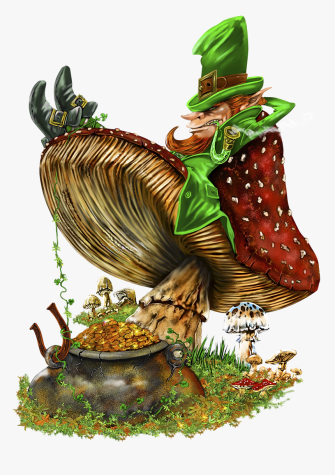
Fun Facts
- There name comes from their small size- There are different theories regarding where the name leprechaun comes from, but the most popular belief is that it originates from the Middle Irish word lūchorpān—with lū meaning “small body.”
- There are no female leprechauns- There are no female leprechauns, according to ancient books like Fairy Legends and Traditions from the South of Ireland by Thomas Crofton Croker (published in 1825), there is no evidence of a female counterpart.
- Leprechauns are a protected species under EU law- Protected since 2009, in 1989, P. J. O’Hare claimed to have found the remains of a leprechaun in Carlingford, County Louth. The skeleton quickly fell to dust, but O’Hare kept the little man’s clothes and famously displayed them in his pub. Thanks to that incident and a group of firm believers, leprechauns have been protected by European Directive since 2009.
- There is a leprechaun colony in Portland, Oregon- Journalist Dick Fagan added flowers and a tiny sign that proclaimed it the “world’s smallest park,” Fagan began to write stories about the spot in a newspaper column. He detailed the adventures of a small leprechaun colony, led by a leader that only the journalist could see. The modest garden, called Mill Ends Park became an official city park on St. Patrick’s Day in 1976.
- Leprechauns might have divine heritage- Some sources say leprechauns are derivatives of the Irish deity Lugh, god of the Sun and of arts and crafts. After the rise of Christianity, Lugh’s importance was diminished and he was demoted to a shoe-making folklore character known as Lugh Chromain.
Your donation will support the student journalists of Wesley Chapel High School. Your contribution will allow us to purchase equipment and cover our annual website hosting costs.



